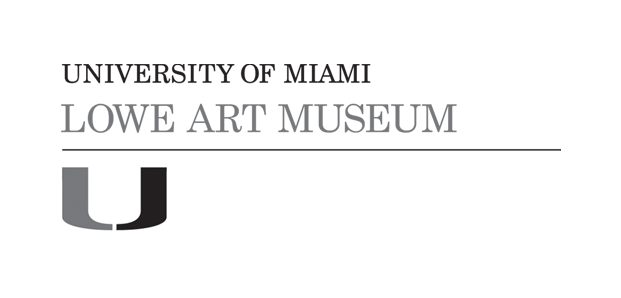Toad
Artist/Maker
Olmec
(Gulf Coast, Mexico)
Artist/Maker
Izapa
(Pacific Coast, Mexico)
Dateca. 800-300 BCE
CultureOlmec
Mediumbasalt and shell
DimensionsOverall: 5 x 10 3/4 x 7 3/8 in. (12.7 x 27.3 x 18.7 cm)
ClassificationsVisual Works
Credit LineGift of Mr. and Mrs. Barry Fitzmorris
Terms
Object number2007.52.5
On View
Not on viewCollections













